- You are not required to upgrade to ATX 3.0 PSU for 40 series GPUs. However, it has clear advantages.
- ATX 3.0 PSUs provide significantly better short-period peak power delivery performance, which is necessary for the high-end use of power-hungry GPUs.
- You do not have to worry about melting issues if you install 12VHPWR adapters correctly, i.e., without bending or strain.
The new ATX 3.0 has been here for a while now. The main idea of these PSUs is to meet the power requirements of future-gen PCIe 5.0 graphics cards. However, I see many users confused about whether to upgrade or not. As there are no PCIe 5.0 GPUs in the market currently, some users believe it might be overkill for current GPUs. However, I see this matter differently. Although 40 series GPUs do not explicitly require ATX 3.0, it has certain benefits!
Understanding PCIe 5.0, ATX 3.0, And 12VHPWR
Before I answer your ultimate question of whether to upgrade to ATX 3.0, I will have to explain the difference between some terms that are often confused with each other:
PCIe 5.0
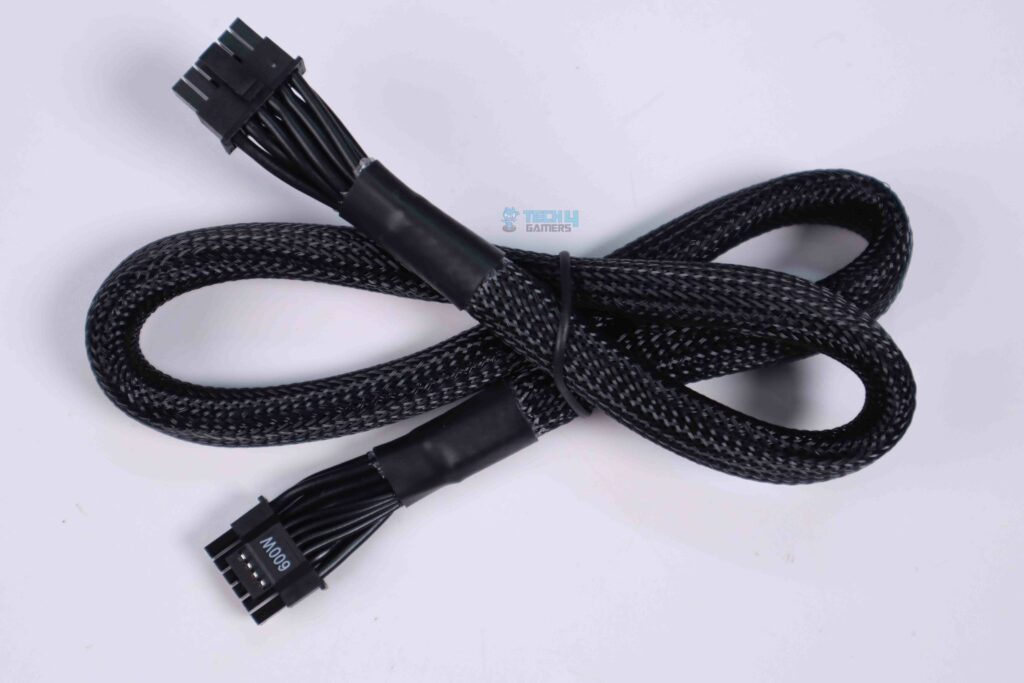
PCIe is a high-speed interface that establishes communication between peripherals (e.g., GPU) and motherboards. PCIe 5.0 defines a maximum limit of 600W for power consumption and limits the maximum instantaneous peak loads to three times the average load over 100 milliseconds. For instance, a 500W PCIe 5.0 GPU cannot draw more than 1500W power for more than 100 milliseconds.
12VHPWR Connector
To meet the requirements of upcoming PCIe 5.0 GPUs, Intel published new ATX 3.0 specifications. This 16-pin connector, found in ATX 3.0 PSUs, is used in NVIDIA cards like RTX 4090, RTX 4080, and others. 12 (6+ve and 6 ground) pins out of these 16 are traditional power pins. But I want to bring your attention to the other 4-pins called sense pins.
These pins establish communication between the PSU and GPU. For instance, if the PSU receives input at the first sense pin, the maximum load the GPU can draw is 150W. The ATX 3.0 PSU will then restrict the maximum continuous and peak loads accordingly.
Clearing Up Confusions
In some places, you might see a 12VHPWR connector named PCIe 5.0 12VHPWR connector. It means that this connector can meet the power demands of a PCIe 5.0 standard peripheral (GPU). However, that peripheral does not necessarily have to be PCIe 5.0 standard.
From the above discussion, it should be clear that ATX 3.0, PCIe 5.0, and 12VHPWR connectors are different. You can refer to a be quiet! article if you are still confused. For example, the RTX 4080 and 4090 have PCIe 5.0 12VHPWR connectors, but they are not PCIe 5.0 GPUs.
Is ATX 3.0 PSU Required For 40 Series GPU?
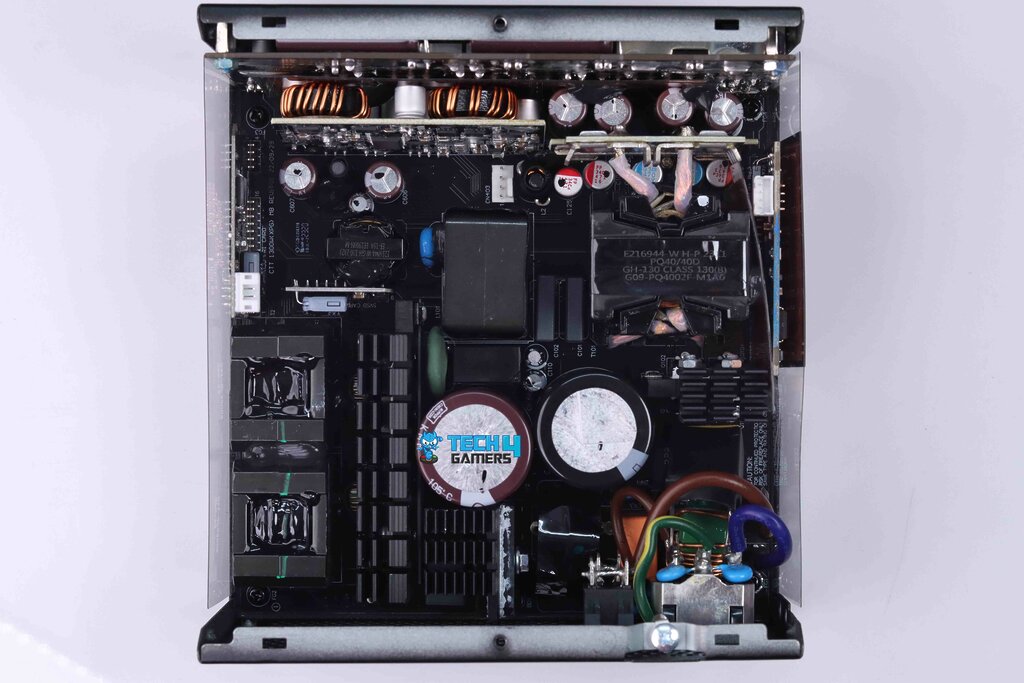
The one-word answer is no; none of the 40 Series GPUs explicitly requires an ATX 3.0 PSU. If your PSU matches the power requirements of your GPU, you might continue to use that. However, it is not without its risks. Moreover, if your PSU does not have a PCIe 5.0 12VHPWR connector, you must use an adapter cable, which could pose potential issues. Below, I have discussed whether you should upgrade to ATX 3.0.
Should You Upgrade To ATX 3.0 PSU For 40 Series GPU?
The simple answer is that it is not necessary to upgrade to ATX 3.0 for the 40-series, but clearly, ATX 3.0 has some advantages:
Built-In PCIe 5.0 12VHPWR Connector
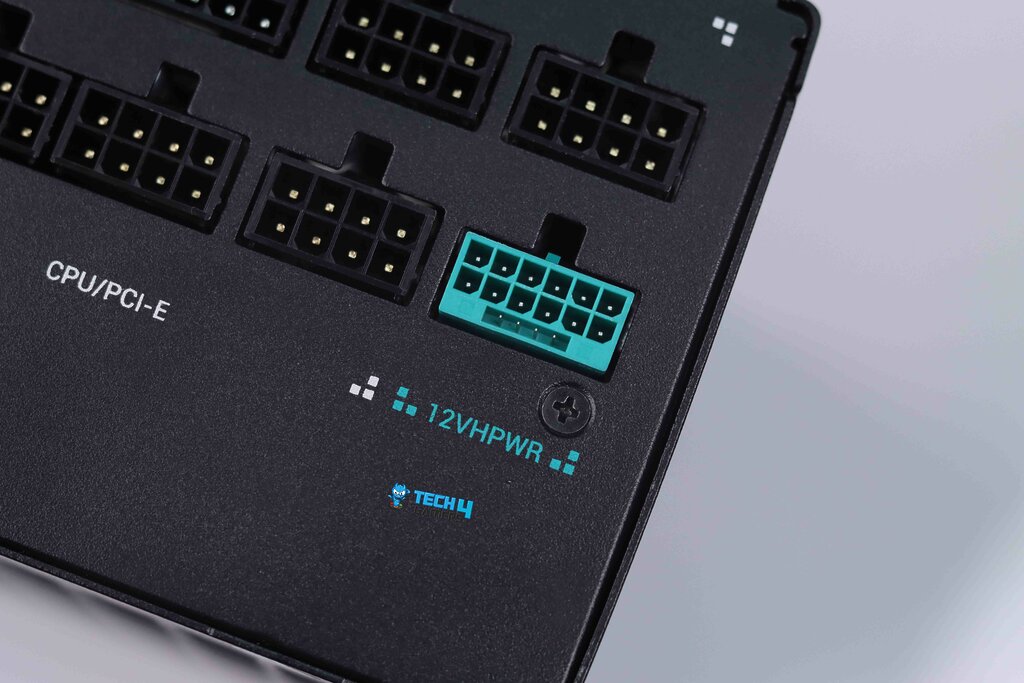
The first advantage is that most ATX 3.0 PSUs have a built-in PCIe 5.0 12VHPWR connector that eliminates the need for an adapter. Otherwise, you must use an adapter cable to power up your RTX 4080 or 4090, which can pose issues like wires clustering and heating up.
High Peak Load Handling Capabilities
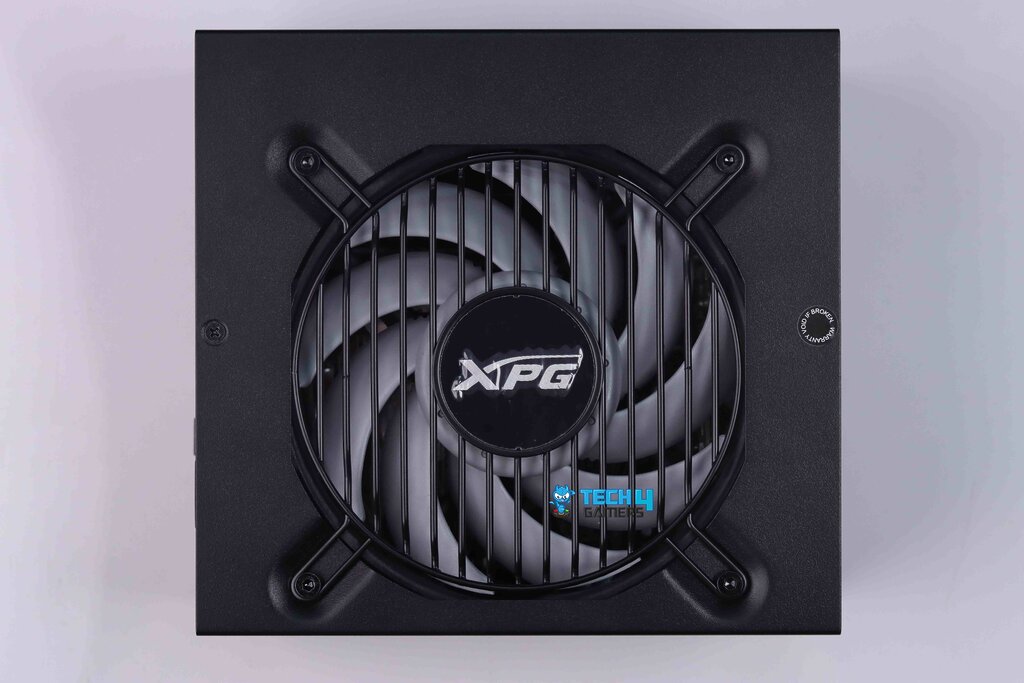
ATX 3.0 PSUs are designed to handle high GPU peak loads that could result from resource-intensive applications or high-end games like Starfield 4k. In contrast, the ATX 2.0 and 2.4 PSUs do not have these capabilities. In my experience, those only work well at their maximum nominal voltage. Any attempt to draw more power than that can result in hardware damage. So, this is where upgrading is a good deal.
Future Proofing
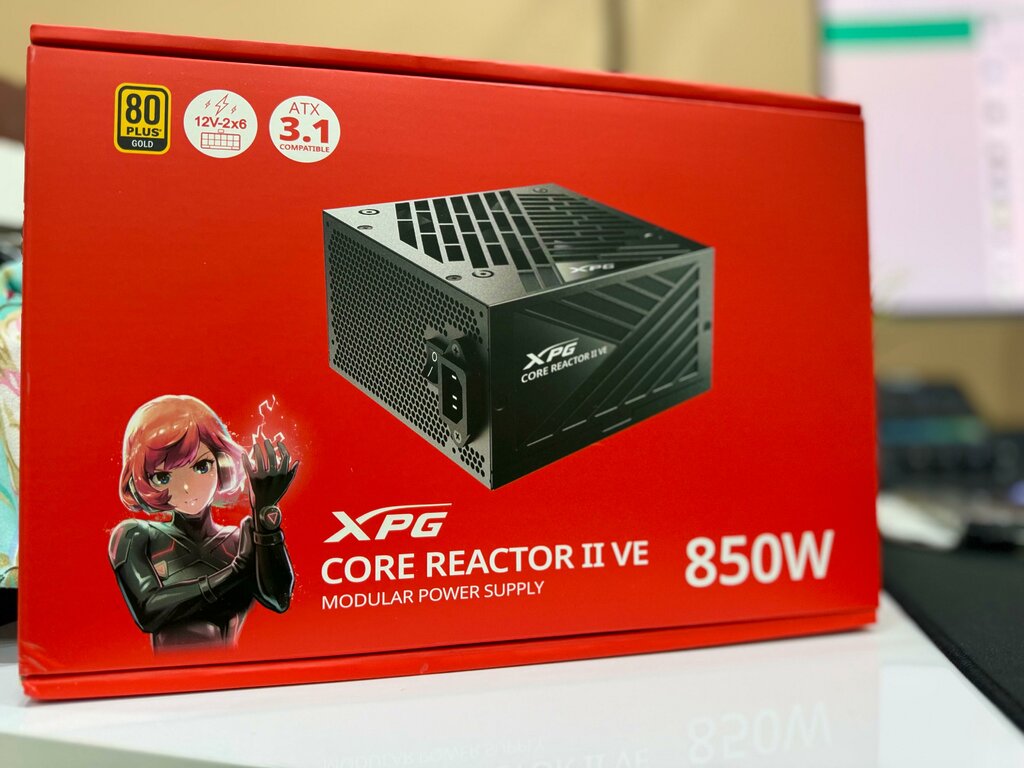
As I mentioned earlier, only high-end NVIDIA GPUs currently require this new PCIe 5.0 12VHPWR connector. However, given this connector’s compactness and load handling (600W continuous) abilities, I certainly think it is the future of power connectors in GPUs. So, if you are a forward-looking user, you should upgrade to ATX 3.0. However, ATX 3.1 PSUs are here as well!
Reality Of Melting Issues
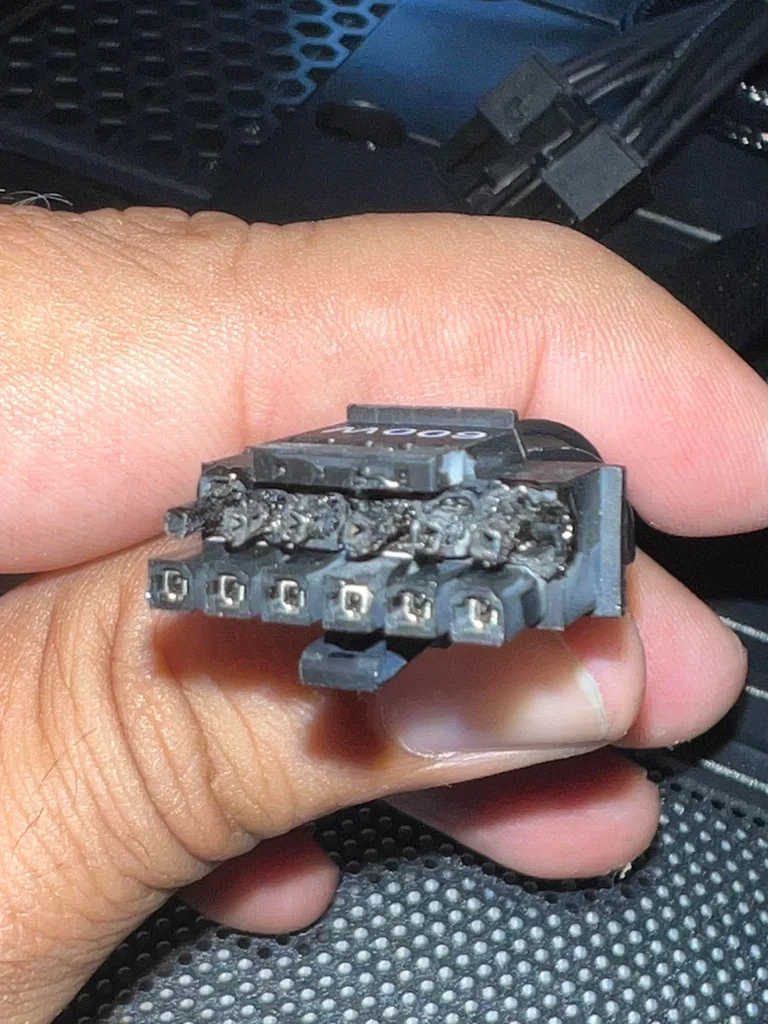
You must have heard about the melting issues arising from this 12VHPWR connector. One such case happened with Redditor using beQuiet! power supply. However, be quiet! quickly responded to that incident with the statement:
“This is a unique case, and we have already reached out to the customer to learn more.”
The way I look at this matter, it was just one rare case. Many users also reported a good experience with this latest 12VHPWR connector. So, I suggest you should not pay attention to these rare cases. However, be careful when firmly installing these connectors while avoiding bending or strain.
Bottom Line
ATX 3.0 PSUs are not a requirement for 40 series lineups. However, I suggest upgrading to ATX 3.0 as this can resolve potential issues arising from adapter cables and instantaneous peak load demands. The ATX 3.0 PSUs, with their PCIe 5.0 12VHPWR connectors, are explicitly designed to meet the power requirements of PCIe 5.0 standard GPUs. So, it is the future of powering high-end GPUs.
Thank you! Please share your positive feedback. 🔋
How could we improve this post? Please Help us. 😔
[Editor-in-Chief]
Sajjad Hussain is the Founder and Editor-in-Chief of Tech4Gamers.com. Apart from the Tech and Gaming scene, Sajjad is a Seasonal banker who has delivered multi-million dollar projects as an IT Project Manager and works as a freelancer to provide professional services to corporate giants and emerging startups in the IT space.
Majored in Computer Science
13+ years of Experience as a PC Hardware Reviewer.
8+ years of Experience as an IT Project Manager in the Corporate Sector.
Certified in Google IT Support Specialization.
Admin of PPG, the largest local Community of gamers with 130k+ members.
Sajjad is a passionate and knowledgeable individual with many skills and experience in the tech industry and the gaming community. He is committed to providing honest, in-depth product reviews and analysis and building and maintaining a strong gaming community.


 Threads
Threads

